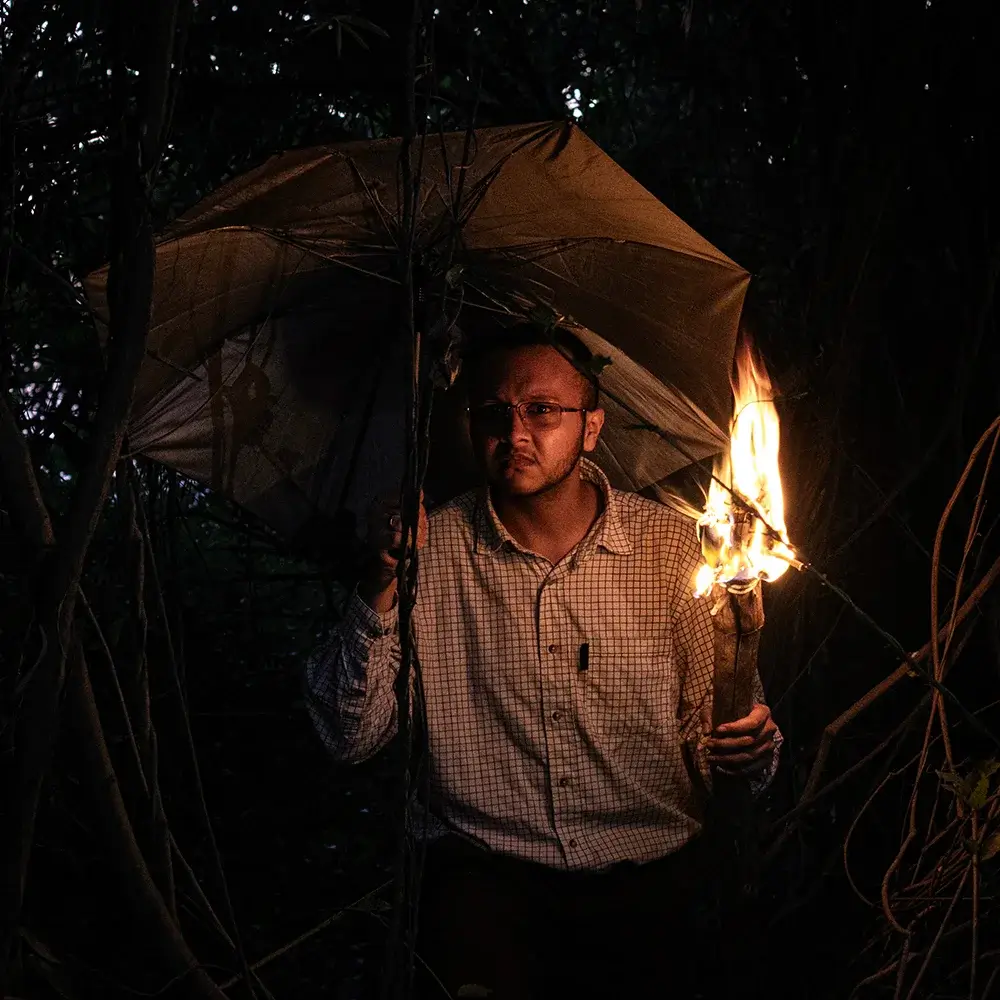Devanshu Jha is an 18-year-old photographer based in Mumbai, India. He is currently pursuing a Bachelor’s in Engineering Physics at the Indian Institute of Technology Bombay while primarily focusing on street photography. His journey with photography began at the young age of 11, capturing some flowers on his parent's mobile phones.
Over the years, Devanshu refined his craft, documenting the streets of India with a distinctive blend of visual storytelling and compositional aesthetics. With a keen eye for composition and lighting, his work goes beyond mere documentation, weaving entire narratives within a single frame. His images reflect the rich social fabric of India, capturing its immense diversity with an artistic and cinematic approach.
Beyond photography, Devanshu has a diverse background in visual arts and storytelling, having studied both cinema and photographic theory extensively before gaining access to professional tools. This analytical approach has helped him craft images that not only capture reality but also shape it, finding beauty in fleeting moments and coincidences that often go unnoticed."
Statement
"Before university, I learned photography purely from a theoretical perspective—I didn’t have the tools or the freedom to practice it. Instead, I studied photographs, analyzed cinema, and tried to understand the essence of what makes an image truly powerful.
When I finally got my hands on an old DSLR from a friend, I never looked back. Since that day, I’ve spent countless mornings waking up at 4 AM, wandering the streets of Mumbai, documenting the endless stories unfolding around me. Photography has become an adventure—sometimes, I am just an observer, and at other times, I become part of the story itself, capturing the small coincidences that make everyday life extraordinary."
Awarded Photographer of the Week - Week 07
